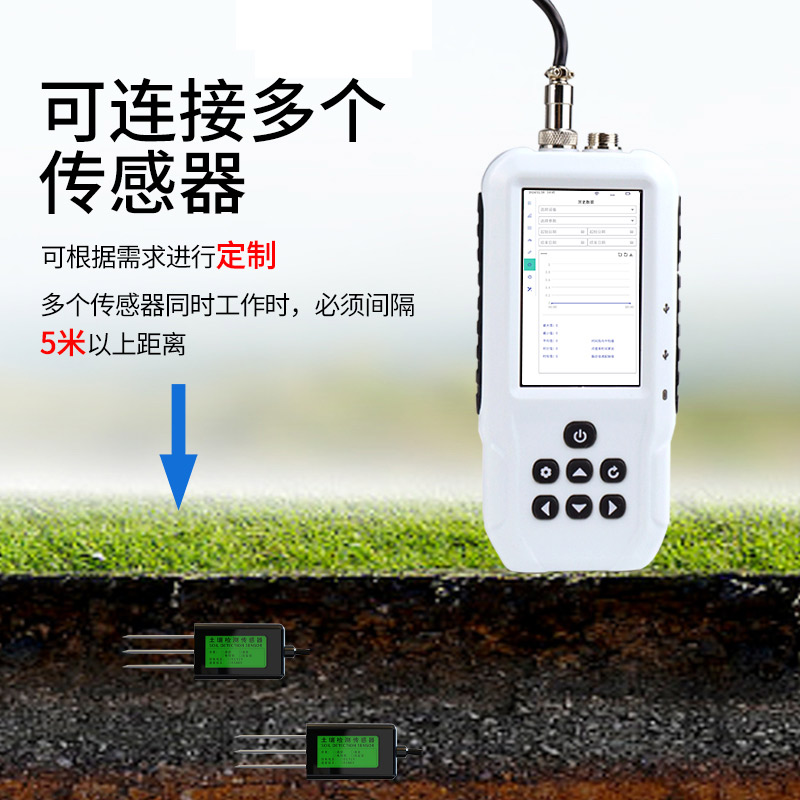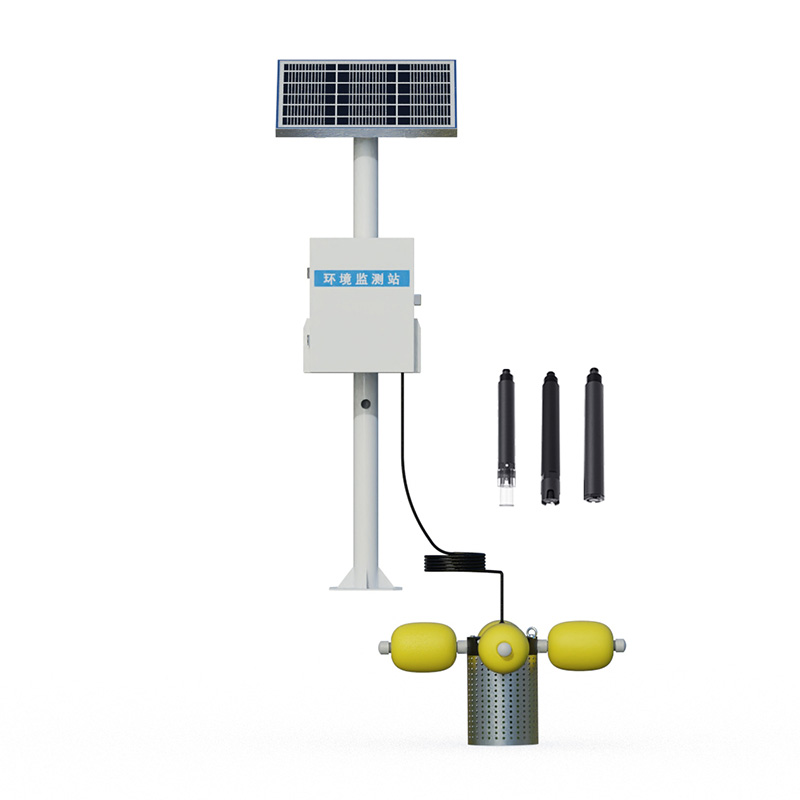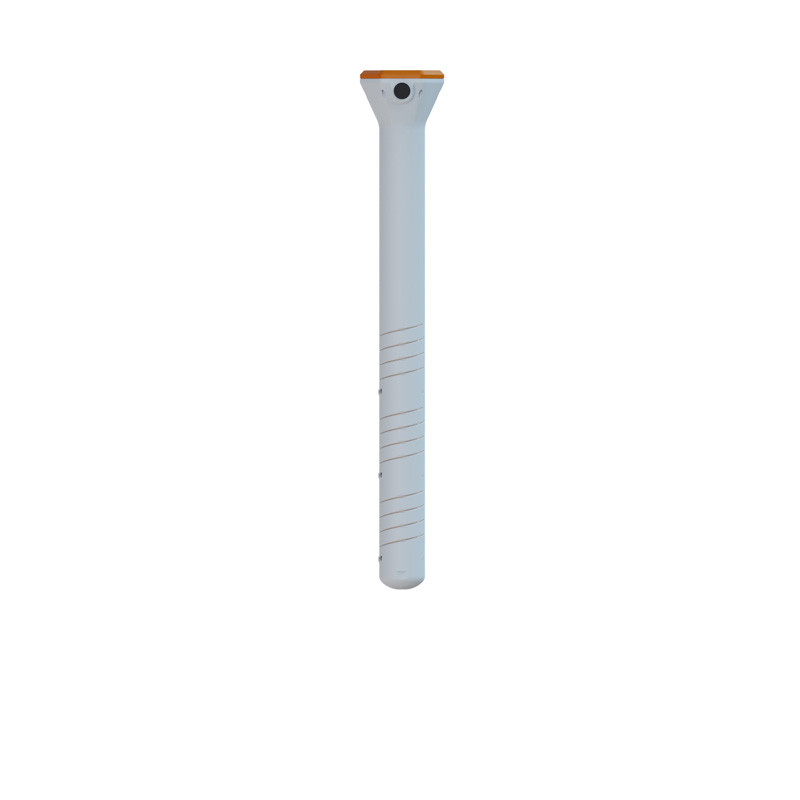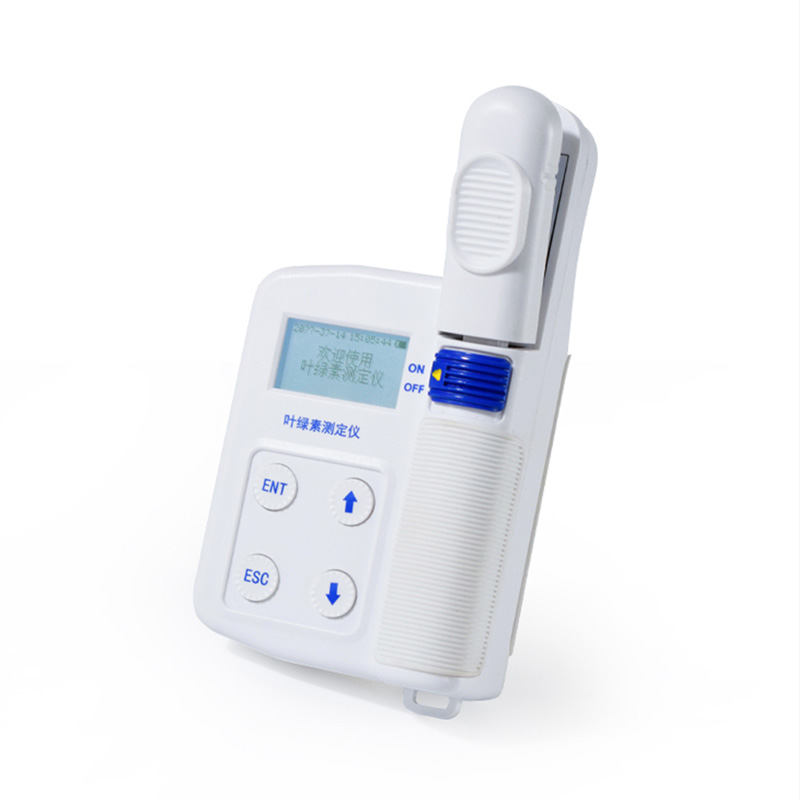Conventional pH measurement is based on potentiometry. In specific operations, a pH glass electrode responsive to hydrogen ion activity is used as the indicator electrode, while a calomel electrode or silver-silver chloride electrode serves as the reference electrode. These electrodes are immersed in the solution to be tested to form a primary battery. As the hydrogen ion concentration in the solution changes, the membrane potential of the glass electrode changes accordingly. By measuring the electromotive force of the primary battery and applying the Nernst equation, the pH value of the solution can be calculated.
The determination of soil pH differs from solution measurement. Since soil is a complex system comprising solid, liquid, and gas phases, pretreatment is required before measurement. Typically, soil samples are air-dried, ground, and sieved first. Then, they are mixed with water at a specific soil-water ratio, stirred, and left to stand to allow hydrogen ions in the soil to fully dissolve into the aqueous phase. The supernatant is then taken for potentiometric measurement.
The FT-TP1 type soil pH tester optimizes and innovates based on the above methods. The instrument is equipped with a high-sensitivity combined pH electrode, integrating the functions of a glass electrode and a reference electrode. This simplifies the measurement process and enhances measurement stability.
The instrument is furnished with a specialized soil pH electrode, which better adapts to the soil environment. During measurement, users only need to insert the electrode into the soil, and the microprocessor inside the instrument automatically controls the potential measurement between the electrode and the soil. The instrument processes the measured potential difference through internal algorithms and converts it into a pH value displayed on the screen.
The instrument features multiple intelligent functions. For example, it can automatically perform temperature compensation based on soil temperature, as soil pH is affected by temperature. Additionally, the FT-TP1 can store measurement data and export it to a computer via a USB interface, facilitating data analysis and record-keeping for users.

This paper addresses:https://www.fengtusz.com/industry/771.html









